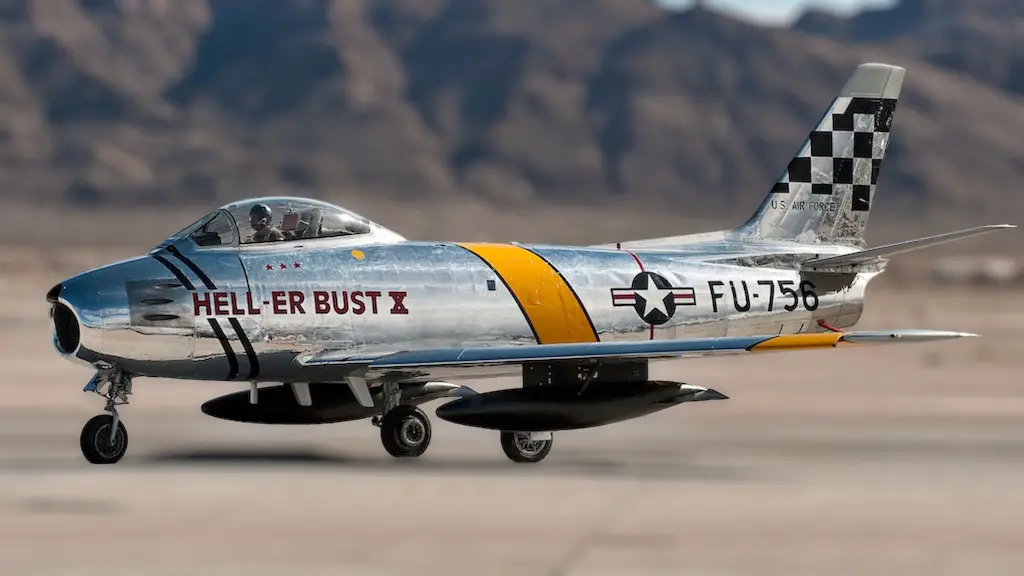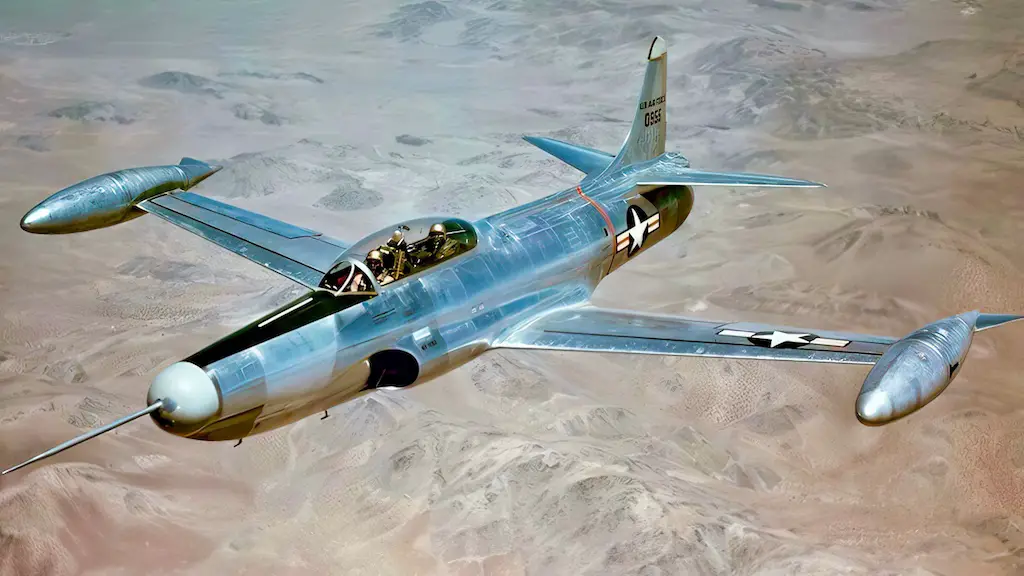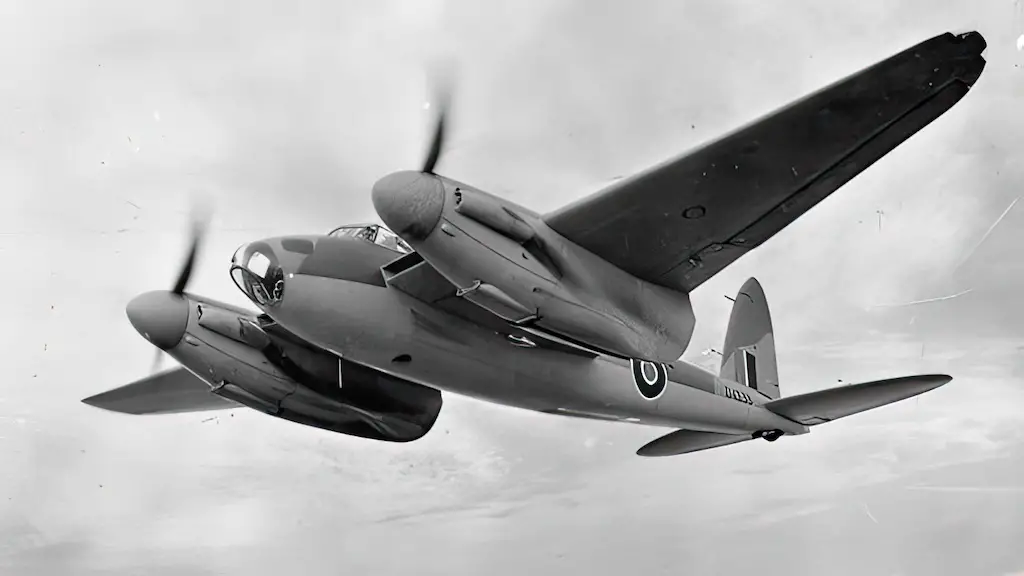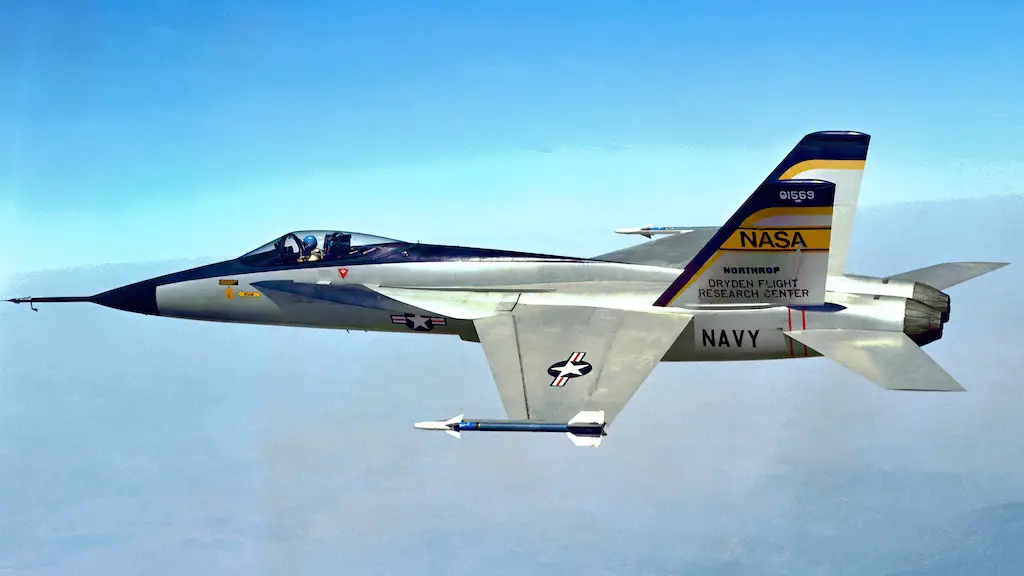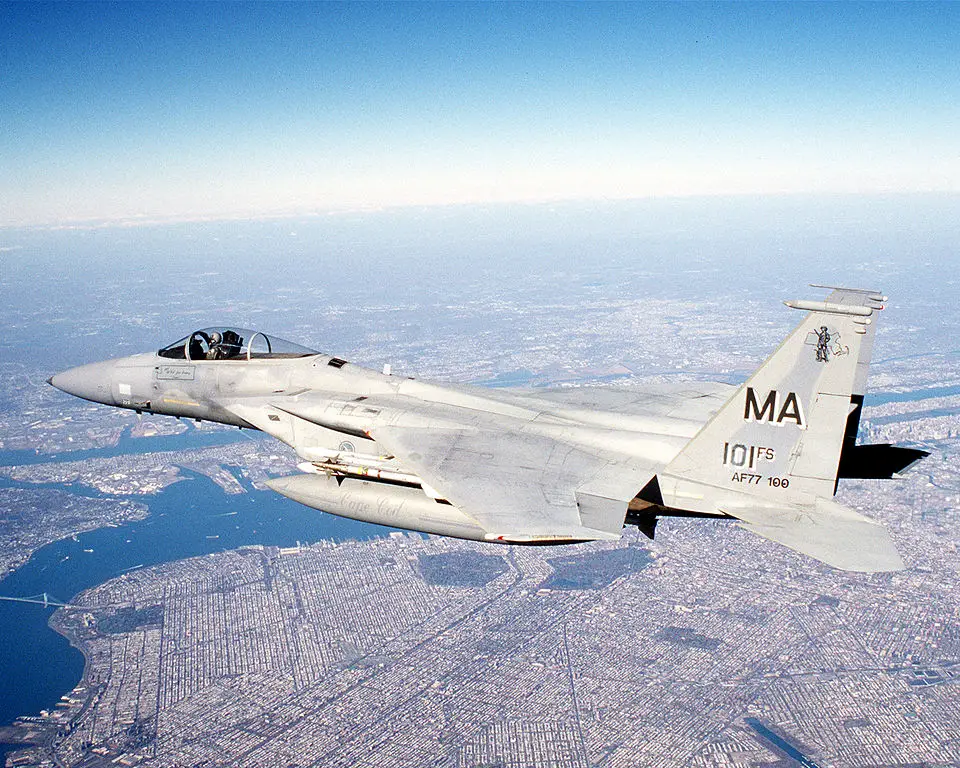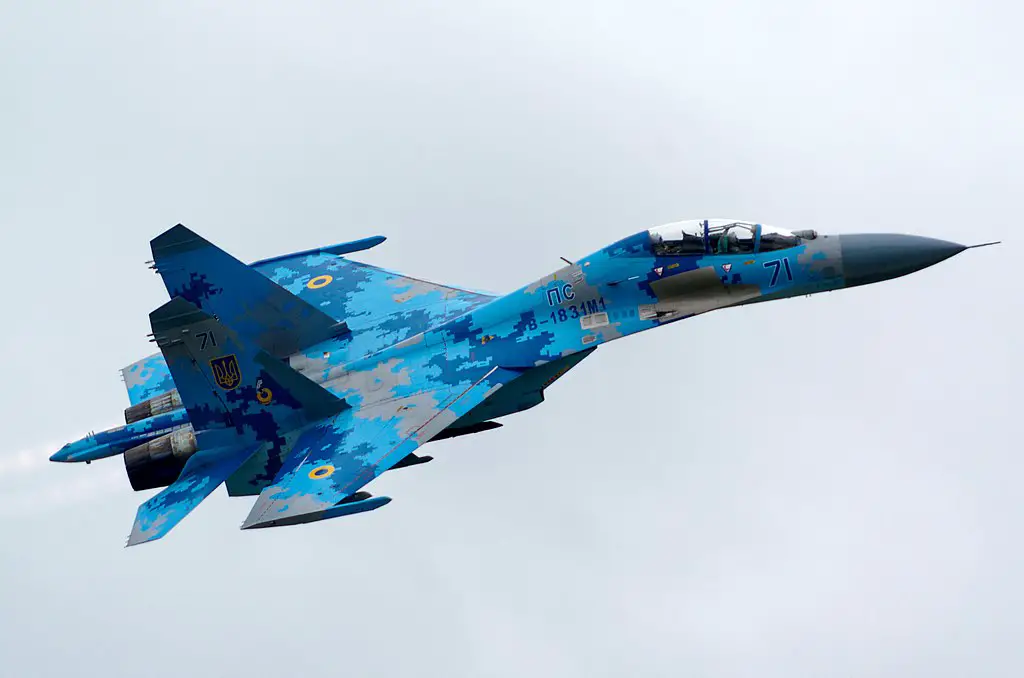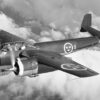Let’s get one thing out of the way before we start the comparison. Yes, the better pilot would win; after all, It’s not the plane. It’s the pilot. But let’s admit it, comparing military aircraft is always fun, so let’s imagine a scenario in which the two pilots are evenly matched, and it’s all down to what advantage their aircraft give them.
The F-15 Eagle is an air-superiority fighter that has dominated the dogfight arena since its introduction and has since evolved into a remarkable multi-role fighter. The Eagle is the undisputed king of aerial combat. With a 104-0 score, no 4th generation fighter aircraft even comes close.
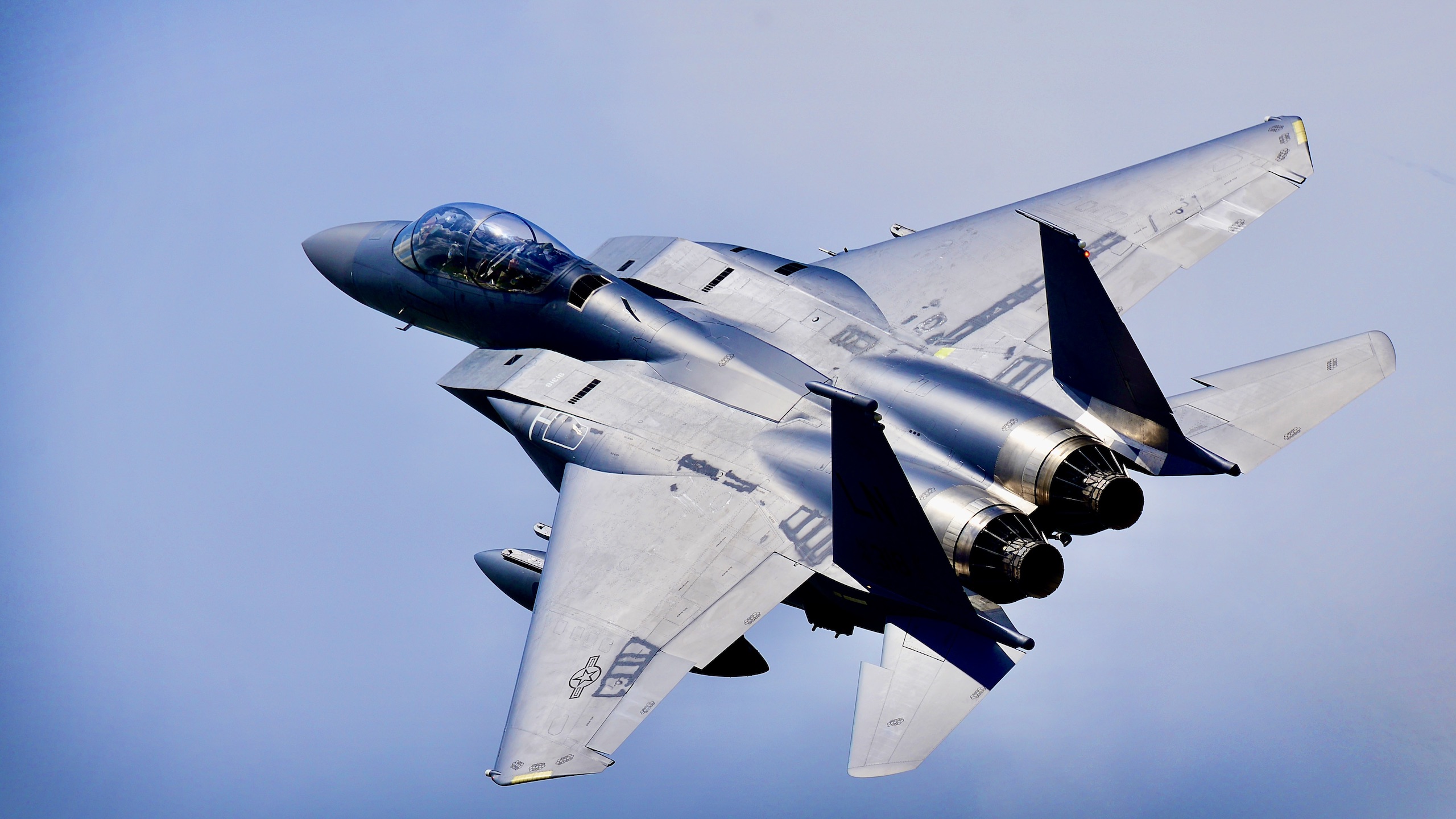
Russia’s attempt to rival the Eagle was the Su-27 and its variants. The Flanker is beautiful and terrifying at the same time. With many wars under its belt, the aircraft is not to be underestimated when compared to the F-15. So, you would assume that throughout the decades of conflicts, the two aircraft would have crossed paths and had a spectacular dance of death with the better fighter emerging victorious… nope, it never happened.
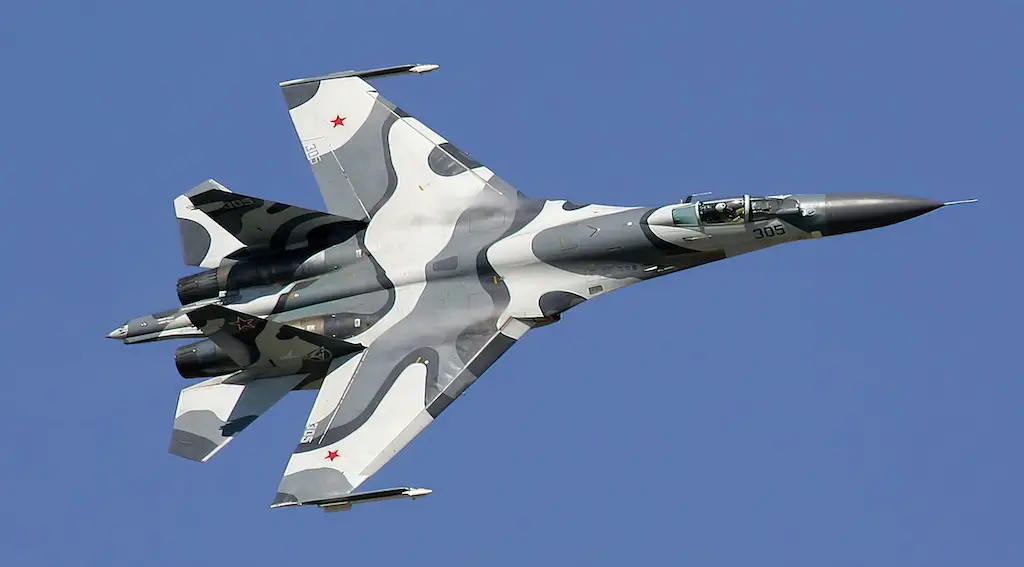
Which plane is the most lethal? To determine who will win, we will examine their combat records, avionics systems, armament, and performance specifications.
1. Operational History
There is no better way to evaluate a plane than how it performed in combat. Forget the specs on a piece of paper, and forget what it looks like. Instead, just look at its track record.
The F-15 has seen extensive use. The most crucial number is probably “zero.” That is the number of F-15s lost in air-to-air combat. This is a remarkable accomplishment for a jet that has been in service for 40 years and has seen action in wars. Furthermore, the F-15 shot down over 100 enemy planes while suffering no casualties.
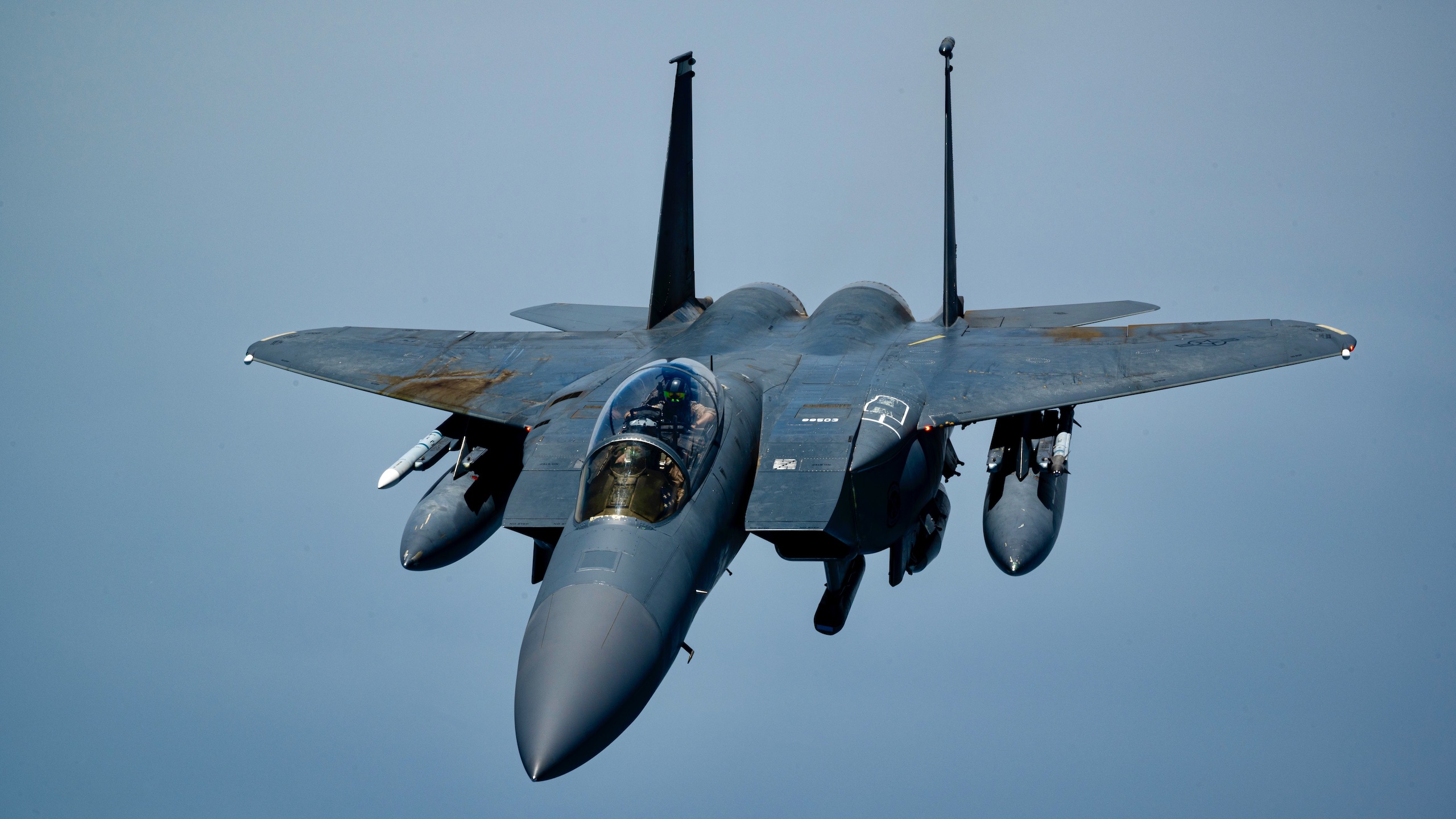
In comparison, the Flanker family has seen far less action. Su-27s operated by the Ethiopian Air Force in the 1998-2000 war with Eritrea scored at least two and perhaps up to ten air-to-air kills. The Flanker has flown over Syria, Chechnya, and Georgia, with one verified kill over Chechnya in 1994.
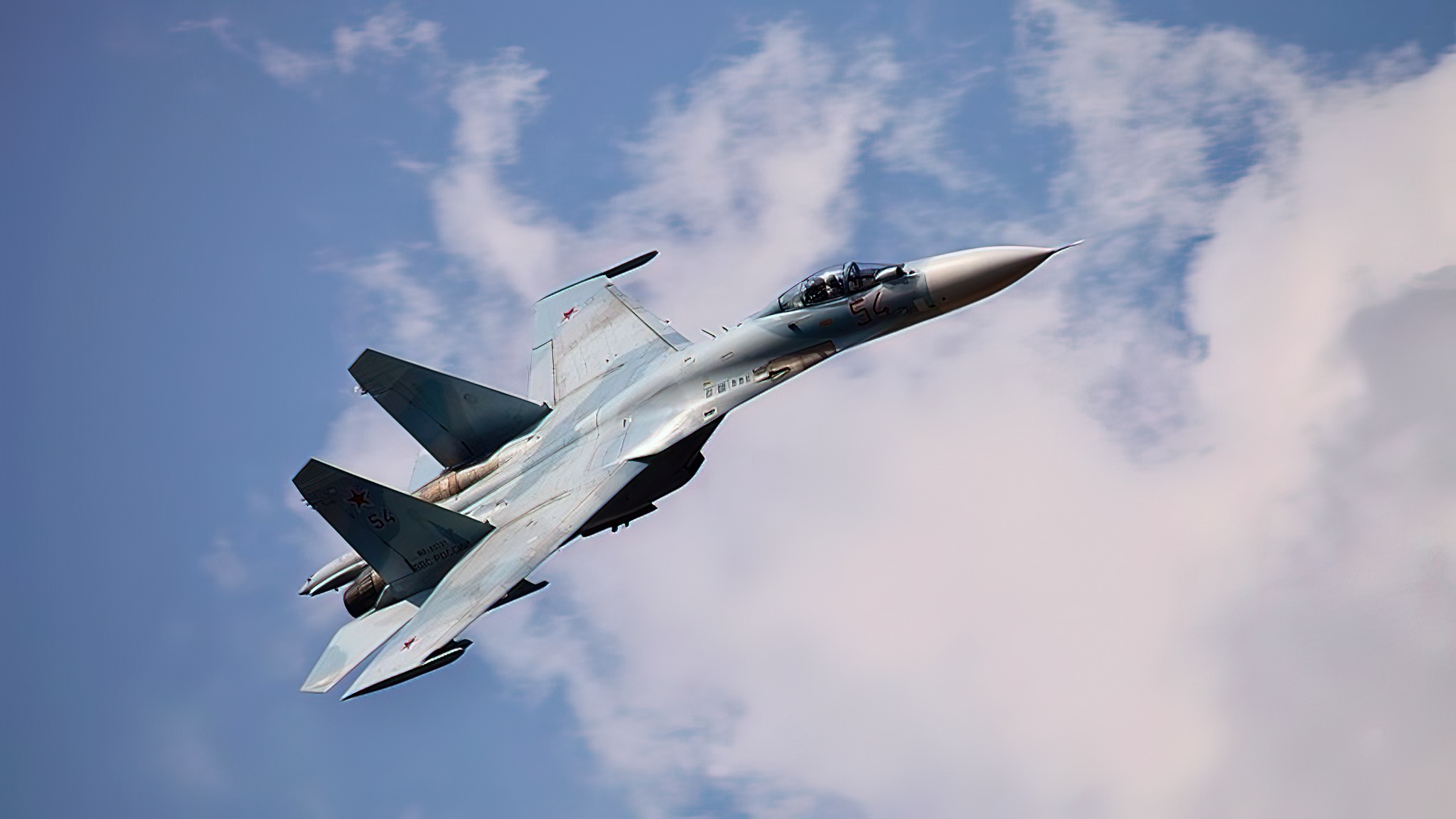
Score: Eagle-1 Flanker-0
2. Avionics
The electronics of the plane are essential in modern aerial combat. Radar acts as eyes and ears, while electronic countermeasures (ECM) attempt to keep the opposing party deaf and blind.
The F-15 employs the AN/APG-63(V)3, an AESA (active electronically scanned array) radar. This cutting-edge system provides the Eagle with two razor-sharp “eyes” that can detect targets up to 100 miles away and steer its radar-guided AIM-120 Advanced Medium Range Air-to-Air Missiles. In addition, the Eagle also has the AN/ALQ-135 ECM system, which is particularly effective against opposing radars on missiles and planes.
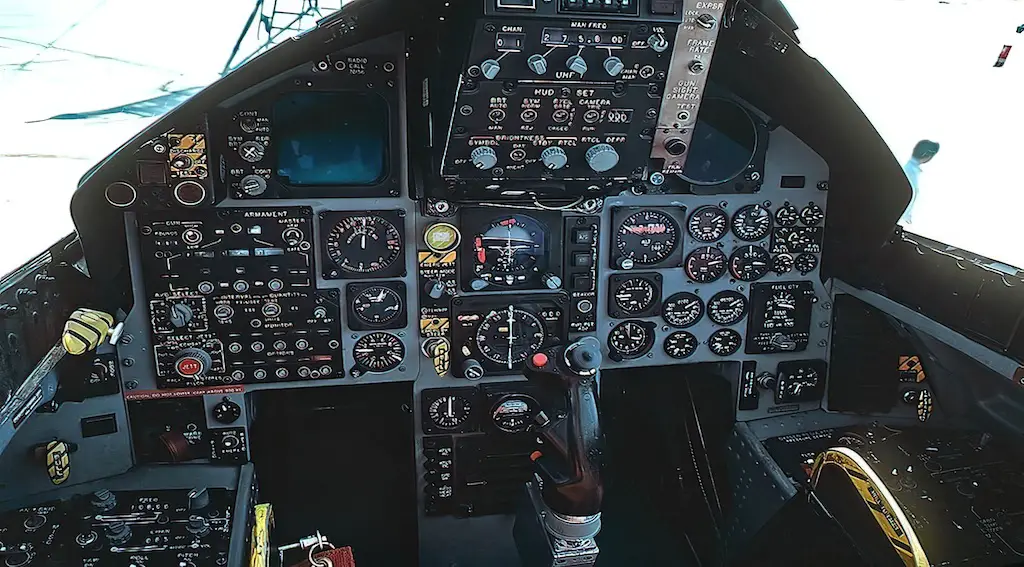
The Su-27’s avionics revolve around the N001 Mech radar, which can follow bomber-sized targets at a range of 86 miles. The range, however, is only 62 miles for a target the size of the F-15. That’s a 38-mile differential or over two-thirds of the Mech’s range. The Flanker lacks internal jammers. Alternatively, two Sorbtsiya pods can be used.
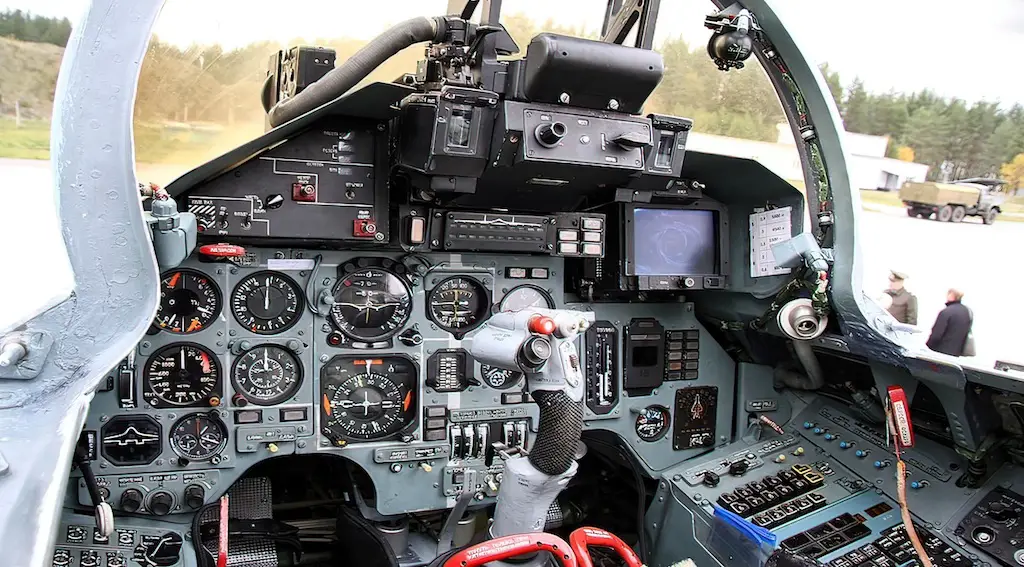
Score: Eagle-2 Flanker-0
3. Armament
The F-15 is capable of carrying up to eight air-to-air missiles. The standard load consists of four AIM-120 AMRAAMs and four AIM-9X Sidewinders. It is also equipped with an M61 20mm Gatling gun and 900 rounds of ammo. The AIM-120D, which is presently in service, has a range of 99 miles, whereas the AIM-9X has a range of 22 miles. The AMRAAM missile is a “fire and forget” weapon.
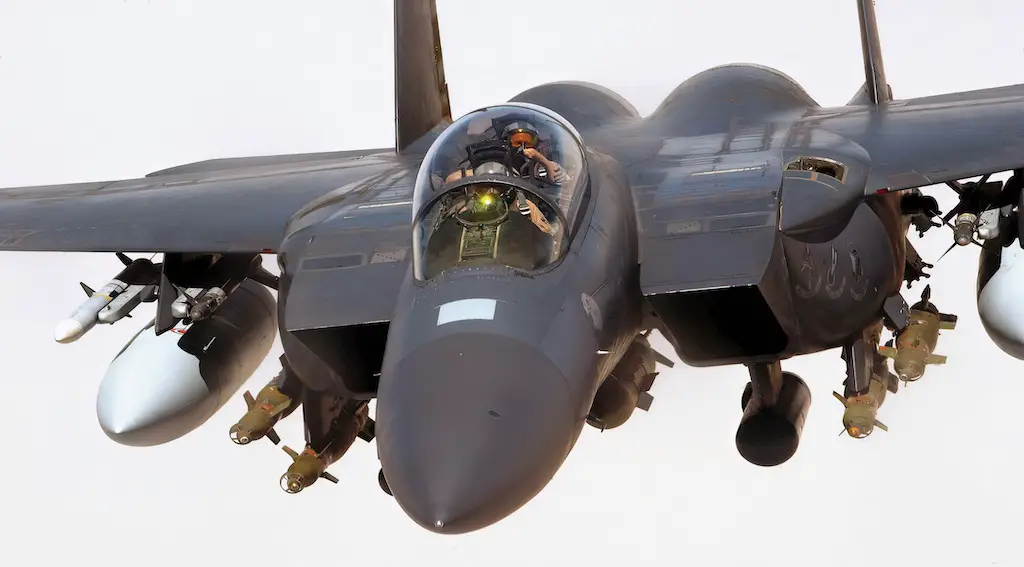
Six R-27 (AA-10 “Alamo” missiles with a range of up to 80 miles are carried by the Su-27. These missiles use semi-active guidance, which means that the Flanker must “paint” its target in order to guide the missile. That implies flying straight and level, which is not the optimal strategy for aerial warfare. The Flanker also features a GST-30 30mm gun and can carry up to four R-73 missiles (AA-11 “Archer”) with a range of up to 19 miles.
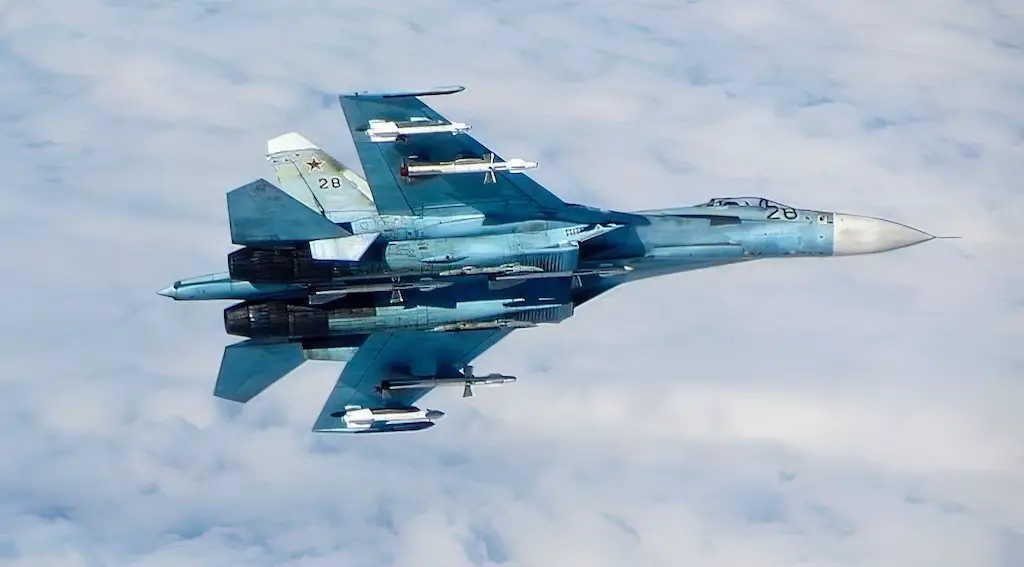
Score: Eagle-3 Flanker-0
4. Performance
The F-15 has a top speed of Mach 2.5, a combat radius of 1,222 miles, and can pull up to 9 Gs in a dogfight. The Eagle also has a range of 3,450 miles thanks to three 600-gallon drop tanks and two 750-gallon conformal fuel tanks (Fuel And Sensor Tactical, or “FAST” packs). In short, this plane has extended “legs,” and tankers can refuel it in flight.
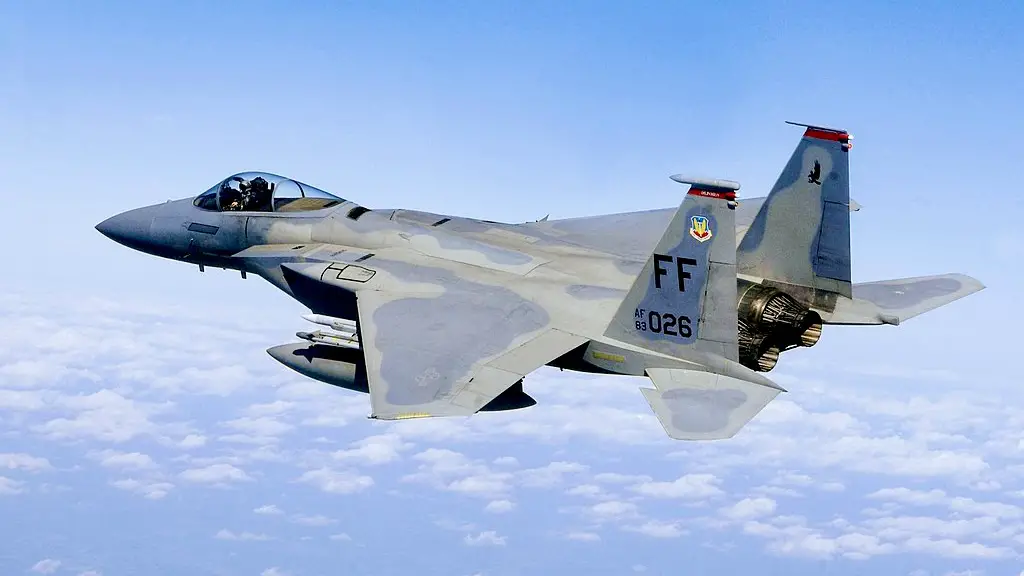
The Su-27 has a top speed of Mach 2.35, a range of 2,193 miles, and is capable of incredible aerobatic feats, like the Pugachev Cobra. It, like the F-15, can pull 9 Gs during a maneuver. The Flanker is capable of carrying drop tanks and refueling while in flight.
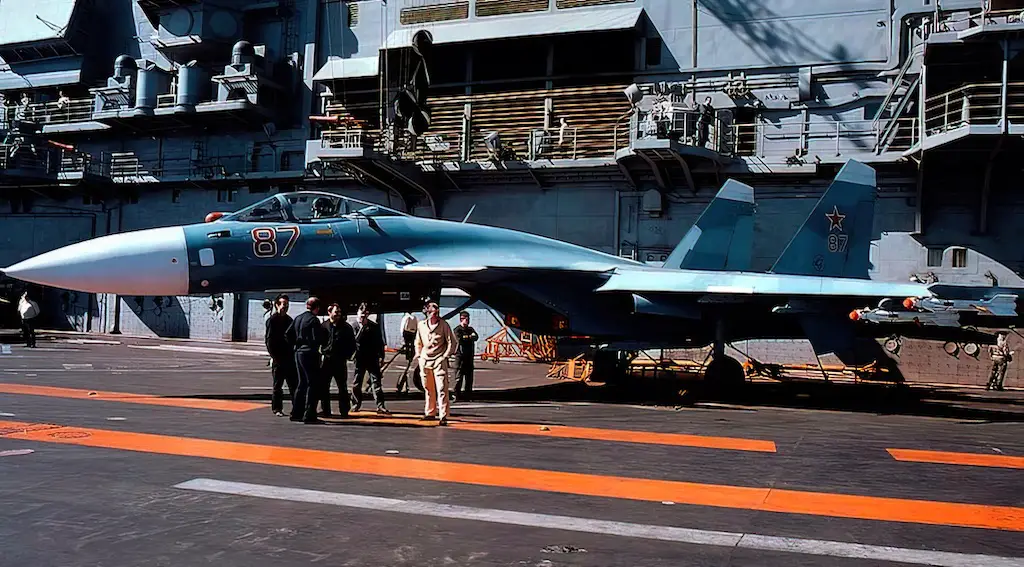
Score: Eagle-4 Flanker-1
The Eagle triumphs
So, who comes out on top? Although the F-15 Eagle is an older design, its advantages, particularly in avionics, place the Su-27 at a significant disadvantage. Russia has other Flanker family planes (the Su-35), but they are few and far between.
So, how will the clash between four US Air Force F-15s and four BadGuyLand Su-27s play out?
The F-15s, on the other hand, would most likely discover the Su-27s first. When the Eagles are inside the AMRAAM range, they will open fire, most likely utilizing two missiles per target. The Flankers would be destroyed.
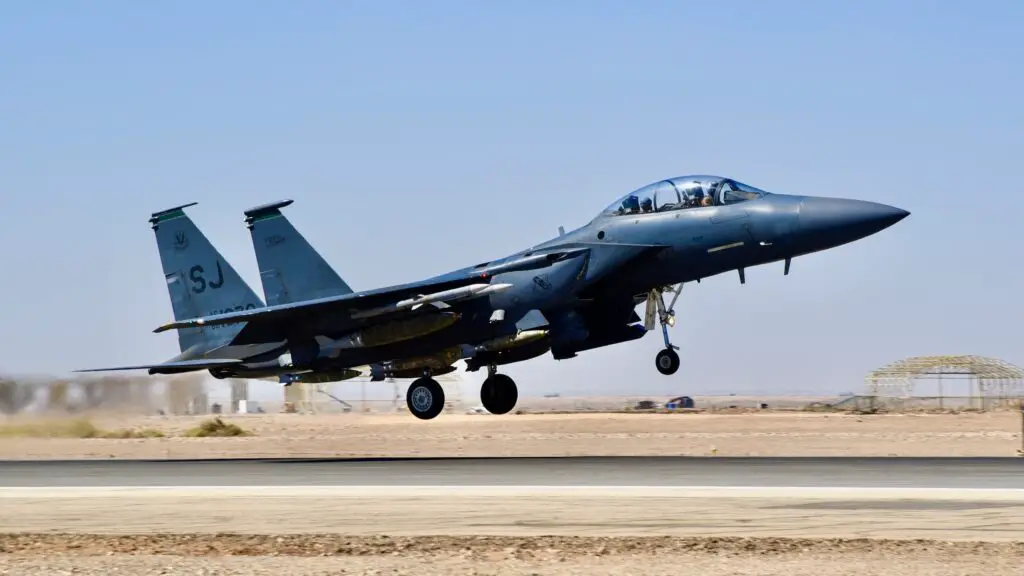
Close range, on the other hand, is likely to be a lot less one-sided. The AA-11 and AIM-9 are equivalent in this situation, and both planes can draw 9 Gs.
The ability and training of the pilots will be critical. In this example, we’ll assume that BadGuyLand’s dictator, Sleazebag Swinemolestor, hasn’t done a good job of training his pilots and that some were chosen for their political liability. The Eagles shoot down three Flankers for the loss of one – the first F-15 defeat in air-to-air combat.

